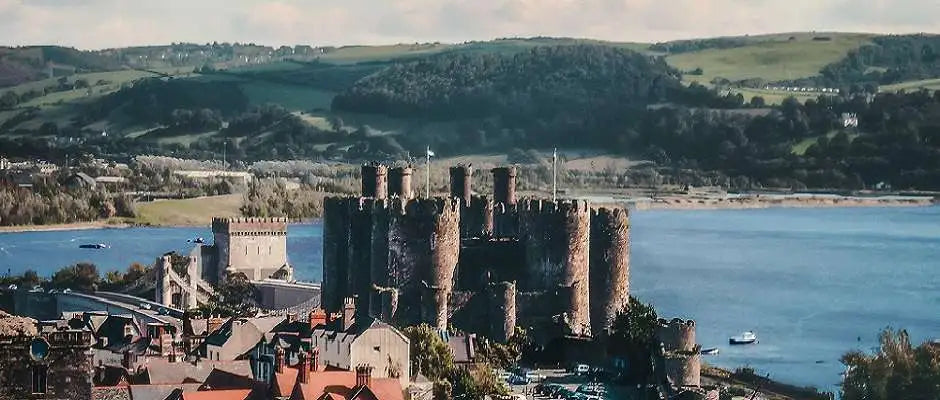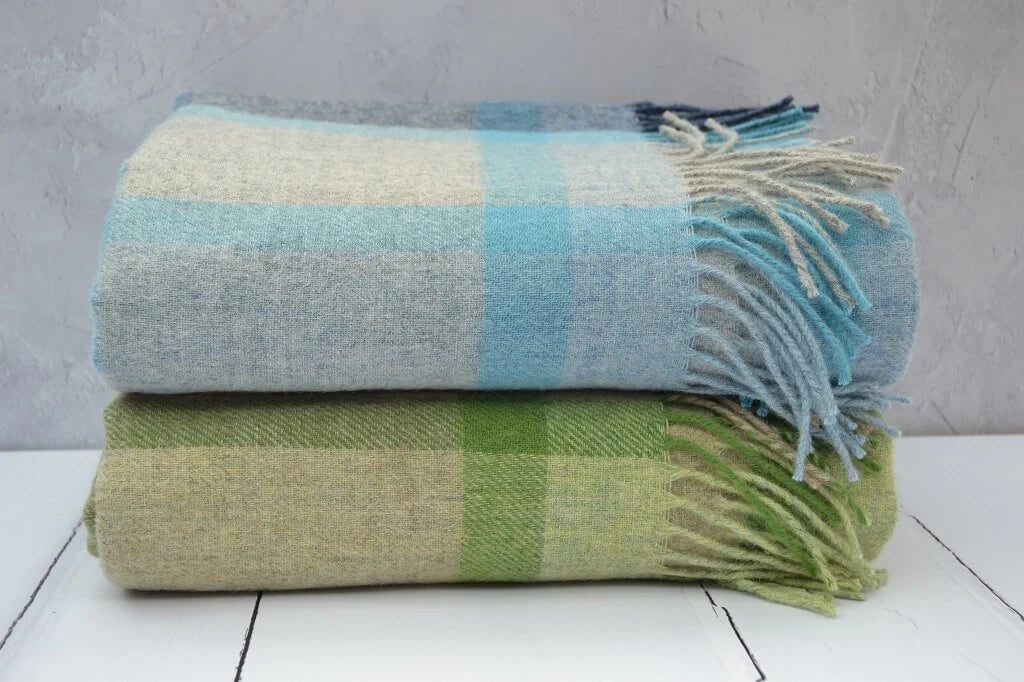Currently at wonderwool Wales 27th-28th April
NEXT SHIPPING DATE 1st MAY
Currently at wonderwool Wales 27th-28th April
NEXT SHIPPING DATE 1st MAY
Welsh Blankets
Candles & Soapery
Craft Courses
Hand Dyed Yarn
All About Wales - Facts about Wales KB
An eclectic group of articles about Wales
Facts about Wales history, facts about Wales today and matters to do with Wales.

About FelinFach
Located in Pembrokeshire Wales, our ethos is defined in the three words...
NATURAL TRADITIONAL HANDMADE.
- Hand woven iconic Welsh blankets and Welsh tapestry blankets.
- Hand dyed yarn, dyed with natural dyes only - no exceptions!
- Handmade candles, candle accessories, Candle Making Workshops and soapery.
- Natural Dyeing Craft courses.
- Yarn shop, yarn bowls, project bags, tools and accessories for knitters and crafters.
- Welsh Gifts, souvenirs, made in Wales, handmade in Wales.
We are a proud supporter of Americymru, the Campaign for Wool, Global Welsh and Red Dragon America.
Last updated 25th March 2024
Other FelinFach Pages
Carbon-neutral shipping on all orders










